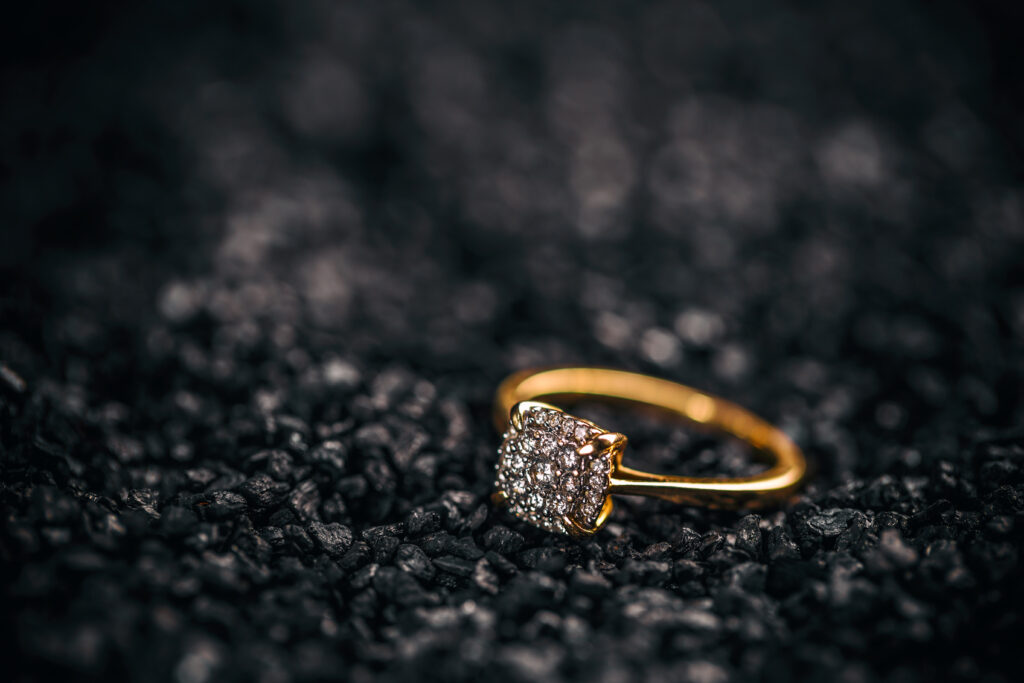Jewelry investments can be a unique and meaningful way to support charitable causes. Here’s how you can use jewelry as part of your philanthropy in a straightforward and effective manner.
**Investing in Jewelry**
Jewelry, especially pieces made from precious metals like gold or set with valuable gemstones, has long been considered an alternative investment. Unlike stocks or bonds, jewelry is tangible and often holds intrinsic value that can appreciate over time. When you buy fine jewelry with the intention of holding it for the long term, it acts as an investment asset that may grow in worth.
**Using Jewelry for Charitable Giving**
One way to leverage your jewelry investments for philanthropy is by donating pieces directly to charities or foundations. Many organizations accept donations of valuable items such as gold or diamond jewelry. This approach allows you to contribute something meaningful without needing to sell the item first.
When you donate appreciated assets like fine jewelry, there are potential tax benefits involved. Typically, if you give a piece that has increased in value since purchase directly to charity, you may avoid paying capital gains tax on the appreciation while also qualifying for a charitable deduction based on the fair market value of the item at donation time.
**Structured Giving Strategies**
For those who want more control over their giving process and tax planning, there are structured vehicles such as donor-advised funds (DAFs) or charitable trusts. You could contribute your jewelry—after proper appraisal—to these funds where it might be sold tax-free within the fund itself. The proceeds then grow tax-free inside this vehicle until distributed over time to charities of your choice.
This method offers flexibility: immediate recognition of a tax deduction when contributing assets into the fund combined with ongoing management and growth potential before final distribution.
**Considerations Before Donating Jewelry**
– **Appraisal:** It’s important to get an accurate professional appraisal so both you and the charity understand its true market value.
– **Ethical Sourcing:** If purchasing new pieces specifically for philanthropic purposes, consider ethically sourced materials which align better with social responsibility goals.
– **Tax Advice:** Since rules around donating physical assets vary by jurisdiction and individual circumstances (such as whether you’re classified as an investor versus trader), consulting with a financial advisor or tax professional ensures compliance while maximizing benefits.
– **Charity Acceptance Policies:** Not all nonprofits accept high-value items; confirm beforehand how they handle donated valuables.
**Beyond Direct Donations: Jewelry-Inspired Philanthropy**
Some entrepreneurs combine their passion for fine jewelry with social impact by creating brands focused on ethical sourcing and giving back portions of profits toward causes they care about. For example, certain designers use conflict-free diamonds and sustainable practices while supporting community development projects through sales revenue.
Others invest in companies led by diverse founders who prioritize social good alongside business success—blending investment returns with positive societal impact indirectly connected through their interest in luxury goods like jewelry.
In essence, using your knowledge about investing in precious metals or gems opens up creative pathways not only for growing wealth but also channeling resources toward philanthropic efforts effectively — whether through direct donations of valuable pieces or via strategic financial vehicles designed around charitable giving goals.

